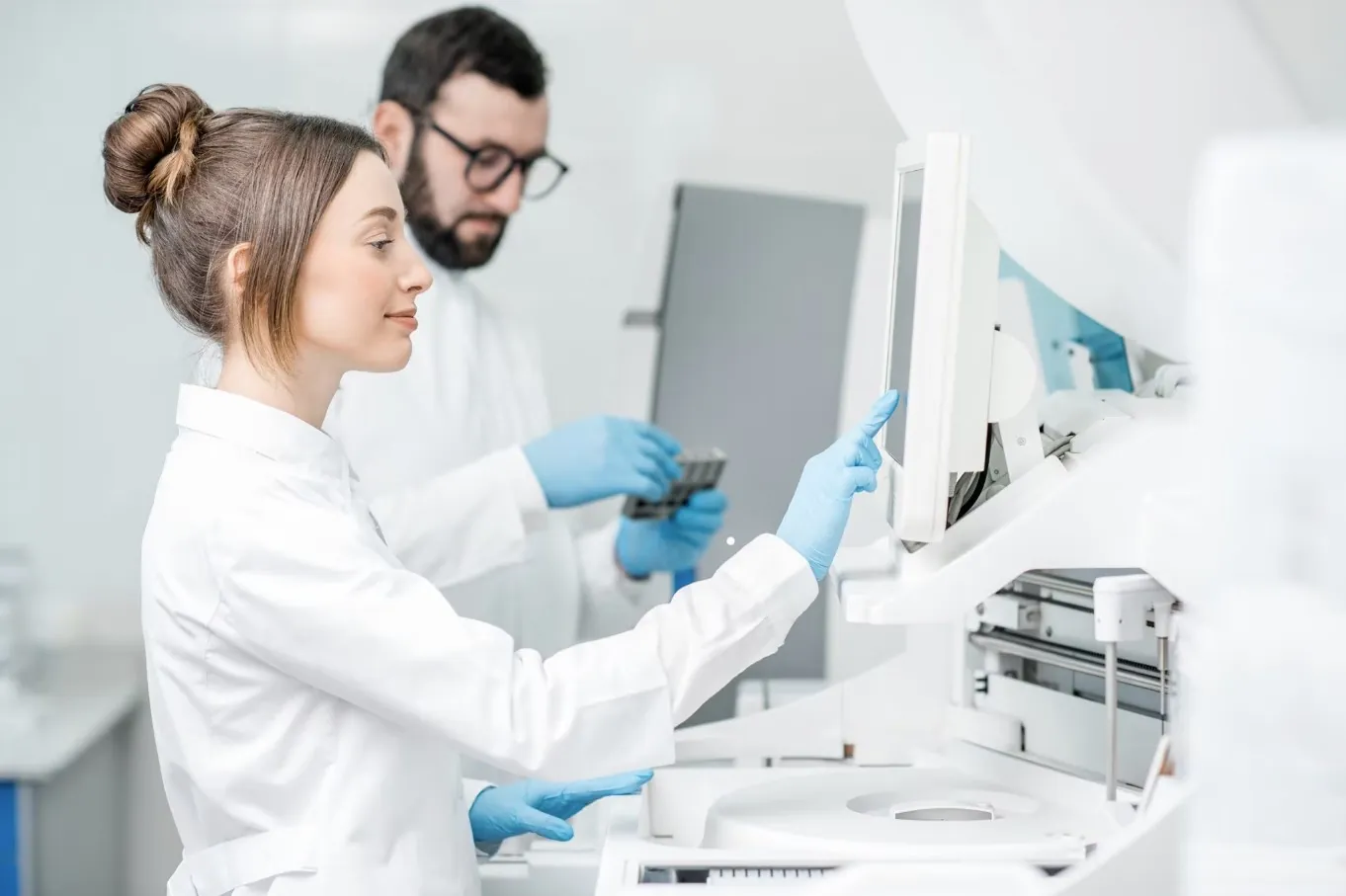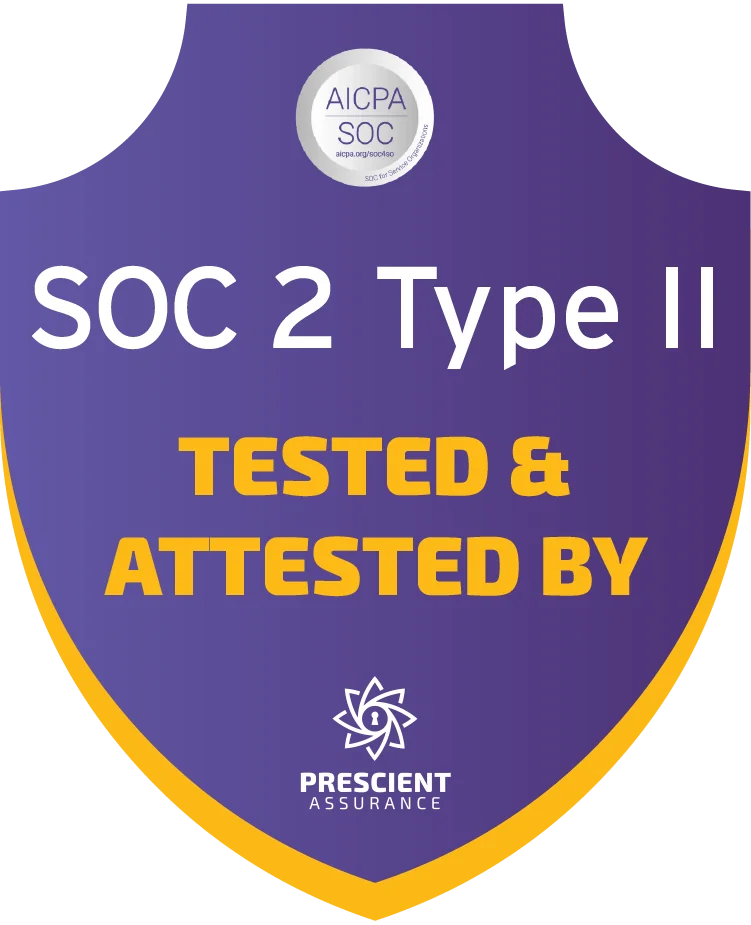Is Your LIMS Holding Your Lab Back? Why a LIMS Alone Isn’t Enough

Laboratory information management systems (LIMS) are often hailed as the cornerstone of modern lab operations, central to digital transformation and essential for regulatory compliance. They’re positioned as the “digital backbone” of the lab, helping manage samples, data, and routine workflows. And in many ways, that reputation is well-earned.
But here’s the reality: A LIMS alone often isn’t enough to support the expanding operational and scientific needs of evolving laboratories. Let’s break down the differences between LIMS and LMS to discover what’s the right fit for you.
What is a LIMS?
Modern analytical laboratories generate a growing amount of data. A LIMS is designed to manage structured data related to sample tracking and workflow automation. LIMS support record-keeping and reporting, reducing the risks associated with human errors and streamline workflows. While a LIMS can provide timely access to data and assist laboratory staff in decision making, their primary focus remains on structured data management for routine workflows rather than the management of unstructured data, unique workflows, or complex protocols.
The Strengths of a LIMS
There’s no denying the core benefits a LIMS brings to laboratory environments:
- Centralized data management: LIMS provide a structured way to manage samples, results, and metadata in a centralized system.
- Workflow automation: Repetitive tasks are streamlined, reducing manual input and human error.
- Data integrity and security: Controlled access and audit trails support both internal quality standards and regulatory requirements.
- Regulatory compliance: Many LIMS are designed to help labs comply with frameworks such as GLP, CLIA, and 21 CFR Part 11.
- Operational efficiency: Reducing paper-based processes and manual tracking improves overall lab productivity.
These are essential functions, but they represent only part of what labs need today.
The Limitations of LIMS
As today’s analytical laboratories evolve and face increasing demands for efficiency, integration, and scientific insight, the limitations of traditional LIMS are becoming more apparent. Despite their strengths, LIMS are not comprehensive solutions for every lab challenge. Many fall short when it comes to broader scientific data management and business integration.
Key limitations include:
- Limited scope: LIMS are structured for sample and workflow management, not unstructured data like free-text notes, experimental iterations, or contextual information.
- Advancing technology: LIMS has been around for a while, having been implemented in many labs ten or even twenty years ago. However, many have failed to keep pace with new technological enhancements, limiting a laboratory’s digital transformation evolution.
- Integration complexity: Connecting a LIMS with electronic lab notebooks (ELNs), enterprise resource planning (ERP) systems, or other enterprise tools can be time-consuming and costly.
- Scientific flexibility: Research-focused labs, especially those in R&D, often require adaptable solutions to support complex protocols.
- Scalability: Some LIMS struggle to scale or adapt quickly as lab needs evolve.
- Cost of customization: Tailoring a LIMS to fit unique workflows can be expensive and resource intensive. Often, the expertise needed to configure the system no longer exists in the organization.
A LIMS can be an excellent tool, but it is only one piece of the digital lab puzzle. Relying solely on a LIMS may be preventing your lab from reaching its full potential. In a digital era where labs are expected to be more agile, data-driven, and collaborative, relying solely on a LIMS may be more of a bottleneck than a benefit.
When Should You Look Beyond LIMS?
Here are clear signs that your lab may have outgrown a LIMS-only approach:
- You manage complex research workflows: Advanced or exploratory science requires more flexibility than a LIMS can offer alone.
- You generate a lot of unstructured data: Scientific narratives, experimental observations, image files, or annotated graphs are difficult to capture in LIMS.
- You face integration hurdles: Struggling to link your LIMS with ERP, QC systems, or data lakes? An LMS offers seamless integration across systems.
- You need to scale quickly: Growing lab teams, expanding research focus, or increasing regulatory demands require solutions that evolve with you
LIMS vs. LMS: Differences and Advantages
If your lab is generating a significant amount of unstructured data, dealing with complex scientific workflows, or rapidly scaling operations, it may be time to consider a broader, integrated solution. Labs no longer want (or need) multiple disjointed systems to handle different parts of their operations. Enter the laboratory management system (LMS).
What is an LMS?
Unlike traditional LIMS, an LMS offers a holistic, end-to-end approach that includes sample management and scientific data management, business process oversight, documentation control, and more. It combines the strengths of LIMS and ELNs, while offering greater flexibility and scalability, enabling labs to manage their operations, scientific data, and compliance requirements in one unified environment.
How NuGenesis LMS from Waters Helps Labs Work Efficiently and Stay Compliant
NuGenesis LMS offers a unified solution that bridges the gap between LIMS, ELNs, and business systems. Designed specifically for scientific environments that demand more than data logging, NuGenesis LMS enables labs to contextualize scientific data across instruments and workflows while also maintaining compliance through robust audit trails, secure access controls, and standardized processes.
Its flexible architecture allows it to adapt seamlessly to a wide range of laboratory settings, from tightly regulated quality control environments to fast-paced, exploratory R&D labs. Rather than forcing teams to patch together separate LIMS, ELNs, CDS and ERP solutions, NuGenesis LMS delivers a connected, efficient environment where scientific and operational needs align.
NuGenesis LMS enhances lab operations by providing:
- Improved collaboration through standardized documentation, version control, and centralized access to data.
- Greater efficiency by ensuring that teams can work more efficiently, make informed decisions faster, and maintain scientific integrity across the board.
- Seamless connectivity to Empower™ CDS, enabling an integrated approach to data capture, management, and analysis.
- Enhanced compliance with secure analytical workflows that improve data integrity, compliance, and overall laboratory efficiency.
Is Your LIMS Holding Your Lab Back? Consider Your Next Step
LIMS systems have their place, but they are not a one-size-fits-all solution. As labs grow more complex and data-driven, a more comprehensive approach is needed.
If your lab is being held back by the limitations of your LIMS, it might be time to consider a laboratory management system like NuGenesis LMS. It’s not just about managing data, it’s about unlocking the full potential of your lab operations.
Explore how NuGenesis LMS can transform your lab today.
Popular Topics
ACQUITY QDa (17) bioanalysis (12) biologics (14) biopharma (27) biopharmaceutical (37) biotherapeutics (18) case study (18) chromatography (14) data integrity (23) food analysis (12) HPLC (15) LC-MS (23) liquid chromatography (LC) (23) mass detection (16) mass spectrometry (MS) (58) method development (13) STEM (12) sustainability (12)


